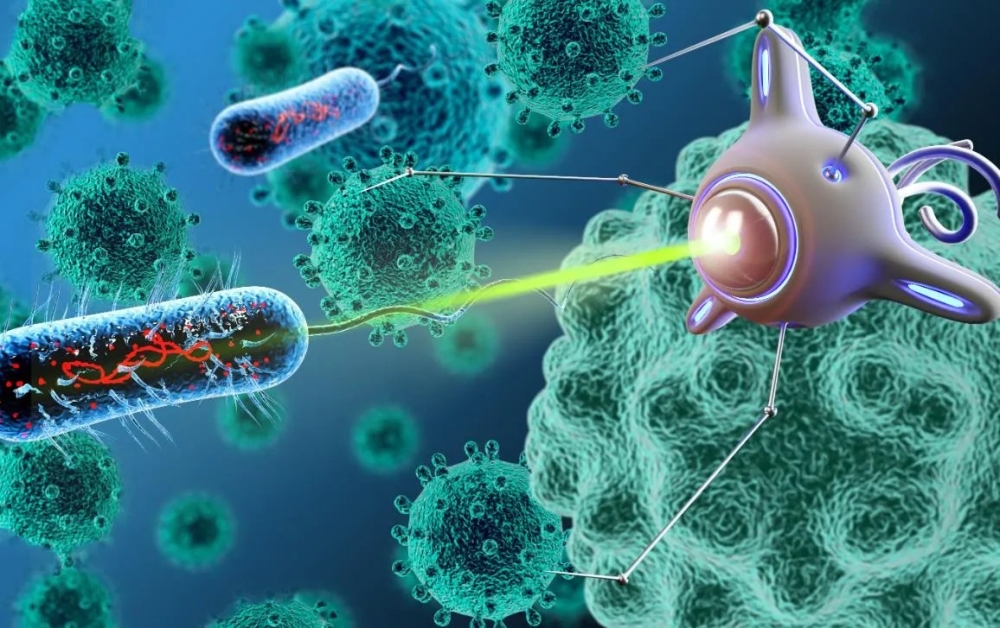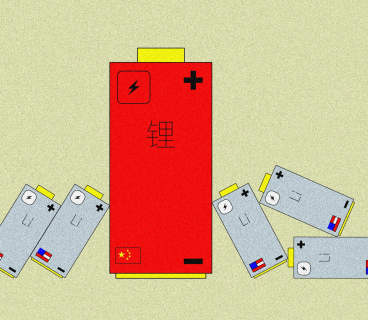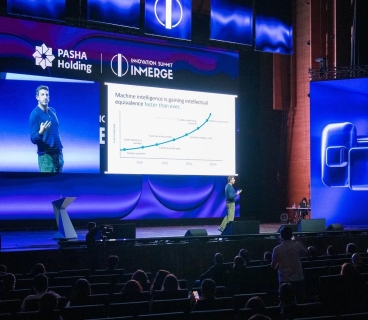Imagine this: a person visits a doctor, but they don’t carry printed test results or paper prescriptions. Instead, their smartwatch sends real-time health data—like heart rate, blood pressure, and blood sugar levels—directly to the doctor or even an AI system. Within seconds, the doctor gives a diagnosis and starts treatment using smart, body-activated medicine systems.
This isn’t science fiction anymore. It's part of a real and fast-growing change in healthcare.
In the future, people will use more smartwatches and wearable devices to monitor their health. These devices will be able to share health data directly with doctors in real time. Based on this data, doctors or AI systems will quickly decide on treatments and activate advanced technologies inside the patient’s body.
One of these new technologies is called living therapeutics. These are tiny, living organisms like specially modified bacteria, cells, or fungi. After being swallowed as a pill or injected, they work like mini medicine factories inside the body. They deliver the right medicine, at the right time, in the right place—without needing extra doses.
The most exciting part? These systems respond to the patient’s own body signals. They can turn on or off depending on what the body needs. That makes treatments smarter, longer-lasting, and personalized.
If health regulators approve these methods, medicine could shift from being made in factories to being produced inside our own bodies. This could help people in rich countries fight serious diseases more efficiently—and also improve access to medicine in places with fewer resources.
These breakthroughs were featured in a new report published on June 24 by the World Economic Forum in their “Top 10 Emerging Technologies of 2025.” Living therapeutics are highlighted as one of the most promising technologies of the year.
At a session during the Forum’s Annual Meeting in Tianjin, China, Jeremy Jurgens, Managing Director of the Forum, explained that this year’s report focuses on how different technologies are being combined—like synthetic biology and precision medicine—into powerful new systems. He said innovation is no longer just about individual inventions, but about smart integration.
Now, several companies are working to bring living therapeutics to the market:
Chariot Bioscience (USA) is testing bacteria that can release medicine into the bloodstream after just one dose, reducing the need for repeat injections.
Aurealis Therapeutics (Switzerland) is using special probiotics to treat diabetic foot ulcers by producing three healing proteins at once.
NEC (Japan) is working on a cancer treatment using a weak form of Salmonella to boost the immune system.
One especially hopeful example is a rare genetic disease called Phenylketonuria (PKU). It affects how the body processes a certain amino acid. Without treatment, it can cause serious mental and physical problems. Patients must follow strict diets and take supplements all their lives. But a possible solution could be a specially designed bacteria that lives in the gut and constantly makes the right enzyme. Dr. Sang Yup Lee, a member of the report’s selection committee, believes such treatment could arrive in the next five years.
Other Emerging Technologies of 2025
The report also highlights other important innovations:
Nanozymes: Lab-made materials that work like natural enzymes, but are stronger, cheaper, and easier to use. They can help in medical tests, cleaning pollution, and safe manufacturing.
GLP-1 Drugs for Brain Diseases: Originally used for diabetes and weight loss, these drugs now show promise in slowing diseases like Alzheimer’s and Parkinson’s.
Autonomous Biochemical Sensors: Tiny smart sensors that monitor health or the environment 24/7 without wires or human help.
Next-Gen Nuclear Tech: Smaller, safer nuclear reactors that could provide low-cost, clean energy as AI and electrification demand more power.
Structural Battery Materials: Materials that both store energy and reduce weight, useful in electric cars and aircraft.
Osmotic Energy: Systems that make electricity from the meeting point of salty and fresh water—ideal for coastal areas.
Collective Sensing: Networks of connected sensors that help cities, vehicles, and emergency services share real-time data for better safety and response.
Generative Watermarking: Invisible tags on AI-generated content to show what is real and what is fake—helping fight misinformation online.












